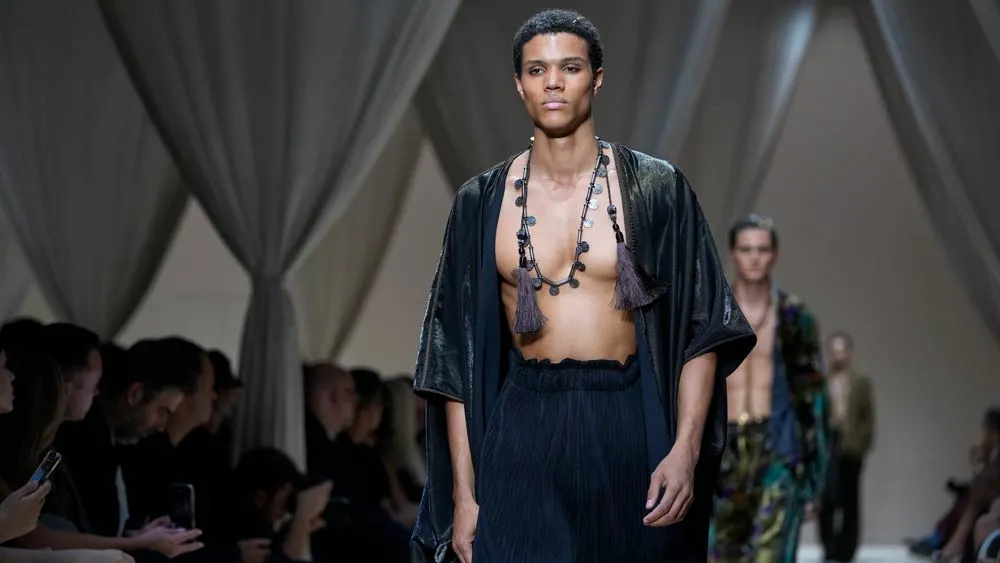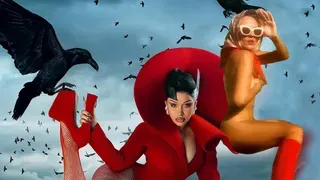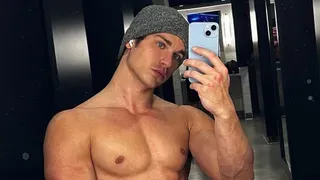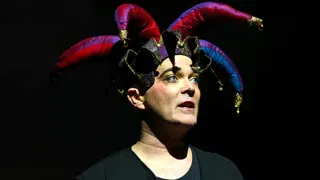August 8, 2015
ONE National Gay and Lesbian Archives :: Our Shared History
Kilian Melloy READ TIME: 5 MIN.
The ONE National Gay and Lesbian Archives at the USC Libraries, is the largest repository of LGBTQ materials in the world. It was founded in 1952 and remains a stalwart defender of the LGBTQ past, as well as a fundamental shaper of our future. To say that ONE Archives is a national treasure is not at all too much.
For August's edition, The Rage Monthly had the privilege of speaking with Dr. Joseph Hawkins, the archives director, who filled us in on what they do, what they have and why those things matter so much.
The first thing we wanted to know, is what exactly is on hand at the ONE Archives. Dr. Hawkins had many treasures to tell us about. "Most recently, through the work of our Lead Archivist Loni Shibuyama, we received the papers of legendary pioneer, publisher, activist and performer Lisa Ben (pseudonym and anagram for lesbian). In 1947, while working as secretary at RKO Studios, she published the first lesbian newsletter, Vice Versa." He continued, "We have recently also received the materials of Sheree Rose and Bob Flanagan, BDSM artists and performers, whose materials reveal another side of queer consciousness and practice."
"ONE's collections are vast and hold records for institutions such as the Mattachine Society, Black and White Men Together and many Latino/a organizations and spans from the late 19th century to the present," says Hawkins. "In addition to all this, we have lots of cultural objects, such as the original 'Fagots [sic] Stay Out' sign, removed from the notoriously homophobic, Barney's Beanery on Santa Monica Boulevard. We have tons of early sheet music that feature Vaudevillian cross-dressing routines. It's hard to say what I am most proud of, things continue to come in, that inspire, awe almost every day."
Before dismissing this as being relevant only to academics and nerds, Dr. Hawkins offered his feeling about why an organization like this is critical in the 21st century. "I think the question might be better stated, 'Why is ONE Archives more important, now, than ever before?' George Orwell's famous quotation (from his book "1984") says it best: 'Who controls the past controls the future; who controls the present controls the past.' "
Hawkins furthermore said, "Many queer people know very little of what came before their own lives, because that knowledge was withheld, or suffered erasure from the history books. In the mid-20th century, queer folks were monitored by the U.S. postal system, harassed by police and treated as second-class citizens."
"Since our last decade of achievements, regarding gay rights, youth, to seek out and learn our history. If we are to shape a livable future, it is imperative that we know our past, in order for us to understand what worked and what did not work, during our long struggle for social justice."
Dr. Hawkins reiterated that, "If we forget where we came from and how we got to where we are, we are bound to repeat the mistakes of the past. I am 63 years old this year, the same age as ONE, and I never imagined as a young boy in Virginia, that we would one day be able to marry, to adopt children and be free of the kind of oppression and scrutiny that characterized my upbringing. We have come a long way... and yet, there is still much to do."
Hawkins reminds us, too, that, "We in the queer movement need to support not only queer folks, but share our wealth with others who are struggling for social equality. We cannot rest knowing that we have achieved some of our rights, or that we are 'equal' here in America. We need to continue to imagine a globe where gender oppression, against women and children is a thing of the past. Like the movements of Jews after WWII, we can 'never forget.' We must always remember from where we came and that we are not here without the diligence and struggle of those who came before. It is only through the careful examination of the past, within contexts like ONE Archives, that a clearer view of the path to a better world can be achieved."
The last piece of wisdom that Dr. Hawkins imparted were three pieces of LGBT history, he wished everyone would remember:
1. The gay and lesbian movement did not begin at Stonewall. It was the flash point for a movement that began years earlier and in many places. People were organizing in Chicago in the 1920s and things were well under way by the 1940s In Los Angeles.
2.When the Mattachine Society first met in 1950, they staggered their arrivals, pulled the shades and didn't tell each other their last names, out of fear of arrest for "illegal congregation." It is important to remember that our movement was created under the pressure of oppression and surveillance. The very names of ONE and the Mattachine, were created to conceal activism because we were targeted by the U.S. Postal Service and FBI.
3. There has been cooperation between women and men of many races, ethnicities and classes during the LGBT struggle and transgender activism is not a new phenomenon. Cooper Donuts in Los Angeles (1959) and Compton's in San Francisco (1966) were both riots at which trans folks were in the forefront of queer activism. Huey P. Newton, of the Black Panthers, also advocated for gay rights. This sort of cross-cooperation is intrinsic to LGBTQ activism. Activism comes in all shapes, colors, sizes and orientations; our history IS the history of America.
UPCOMING EVENTS AT ONE ARCHIVES:
1. "Art AIDS America": Presented in two parts at ONE Archives and Gallery, 626 Robinson and at the West Hollywood Library, 625 North San Vincente Boulevard. Running through Sunday, September 6,"Art AIDS America examines 30 years of artistic production made in response to the AIDS epidemic in the United States. Surveying the early 1980s to the present, this exhibition reintroduces and explores a spectrum of artistic responses to HIV/AIDS from the politically outspoken to the quietly mournful."
2. "Kastle: A Lesbian Feminist Haunted House": This October, ONE presents Toronto-based artists Allyson Mitchell and Deirdre Loguean's, "Kill Joy's Kastle," an immersive, site-specific, collaboratively-built installation in the style of a classic haunted house. Performers guide visitors through the project's various haunts of past feminist consciousness. Playing with tropes of horror and monsters, the Kastle alludes to fears and anxieties evoked by feminist politics with over-the-top hilarity.
ONE National Gay & Lesbian Archives is located at 909 West Adams Boulevard in Los Angeles. ONE Archives Gallery & Museum is at 626 North Robertson Boulevard in West Hollywood.
For more information on what's in the collection or regarding their upcoming events, call 213.821.2771 or go to one.usc.edu
Kilian Melloy serves as EDGE Media Network's Associate Arts Editor and Staff Contributor. His professional memberships include the National Lesbian & Gay Journalists Association, the Boston Online Film Critics Association, The Gay and Lesbian Entertainment Critics Association, and the Boston Theater Critics Association's Elliot Norton Awards Committee.







